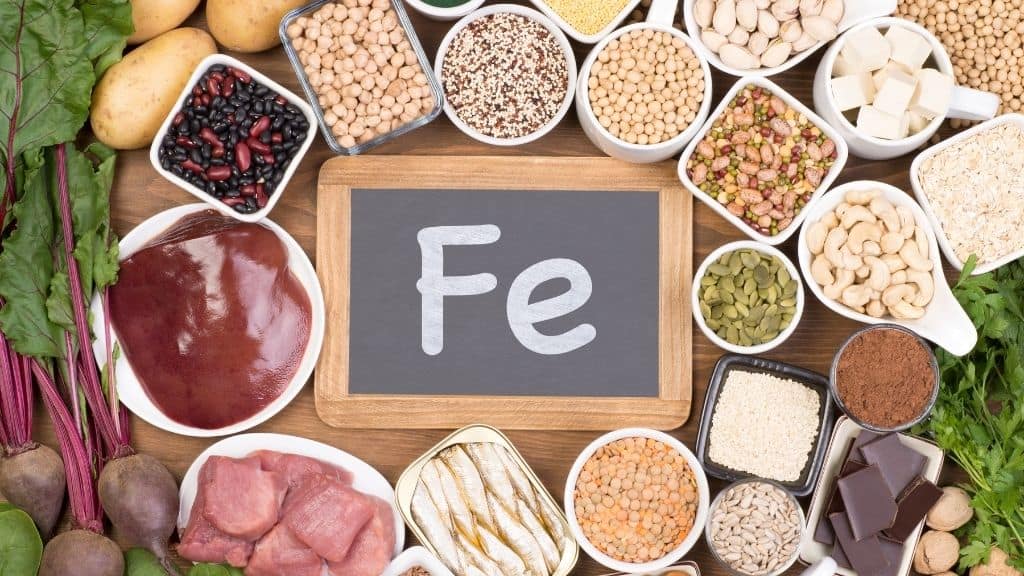
Table of Contents
There are multiple benefits attached to iron-rich food, especially when it comes to babies. From promoting adequate growth to boosting their developmental aspects and preventing anemia, these foods are an essential nutrient to ensure the well-being of the little one.
While most babies are not in need of iron supplements up until they are at least four months of age – all thanks to them getting plenty of iron from their Mamabears in the third trimester, there are others born prematurely. Here the deficiency of iron is an added danger that needs to be addressed sooner to help uplift their health.
Iron-Rich Foods in Babies - The Importance and Effect on the Body
Iron is a must nutrient intake, especially for babies, to help them with proper growth and development. It also aids the proper functioning, helps the blood transport oxygen from the lungs to the other parts of the body and also the muscles by storing and using oxygen.
It is also the main component of healthy blood, reducing the chances of anemia that can affect the core functions of the baby’s body.
The Symptoms You Must Watch Out for to Prevent Iron Deficiency
Here are a few symptoms that you may notice if your little one is facing iron deficiency:
- Constant fatigue
- Abnormal breathing
- Pale skin
- Poor appetite
- Delayed growth and development
- Frequent illnesses
Iron-Rich Foods For Babies - What You Can Include in the Baby’s Diet
Before we get into the list of iron-rich foods that you must add to the diets of the little ones, let’s first understand the kinds/categories of iron-rich foods:
- Heme – The word “heme” originates from Haemoglobin and is mostly found in animal products such as meat and poultry. These are absorbed in the baby’s body much quicker as compared to non-heme iron foods.
- Non-heme – These, unlike heme iron-rich foods, are found in vegetarian options and take time to get absorbed. Examples of these include whole grains, seeds, nuts, legumes, and leafy greens.
Now that we understand a little more about the importance of iron in the diet of the babies, let’s quickly get onto a few food options to add to the diet of the little munchkin:
1) Poultry and Meat
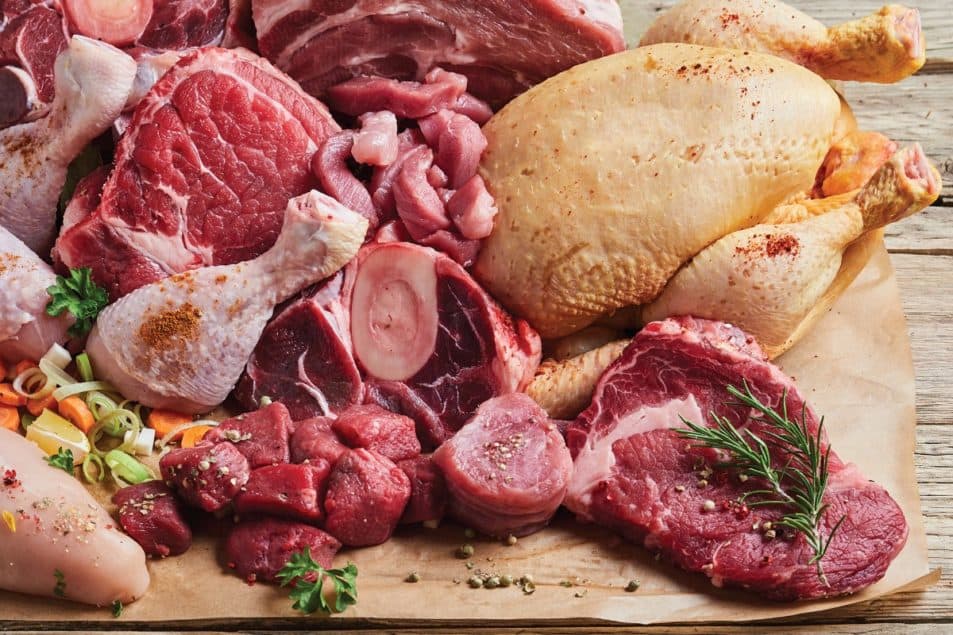
These are foods that are a great source of heme iron, especially items like red meat and liver. You might want to remove all parts that are fatty prior to cooking as they do not contain iron.
Be cautious to cook the meat well before feeding the baby or it could get a little difficult to chew (causing a choking hazard) and digest easily. Adding to this, make sure to add these to the baby’s diet only after they are 8+ months of age.
2) Egg Yolks
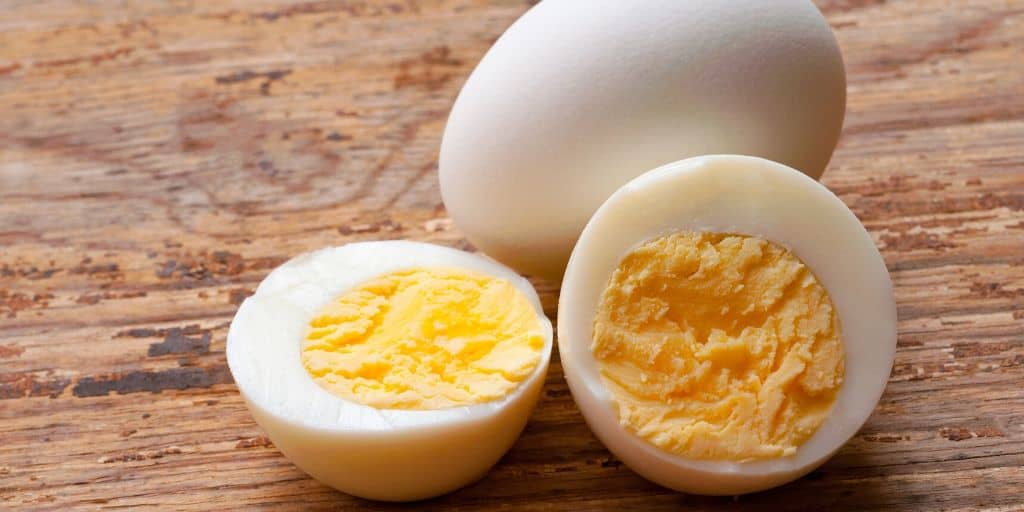
Yet another good source of iron, eggs are easier to locate and cook. You must try to incorporate the egg yolks in various recipes for the baby as they guarantee a healthy iron dose without eating the same dish regularly.
An example of this could be a nice caramel flan or caramel custard for desserts. Or, if the baby is ok with it, you can also include the egg yolk in their diet, but only after they are 10+ months of age.
3) Red Rice
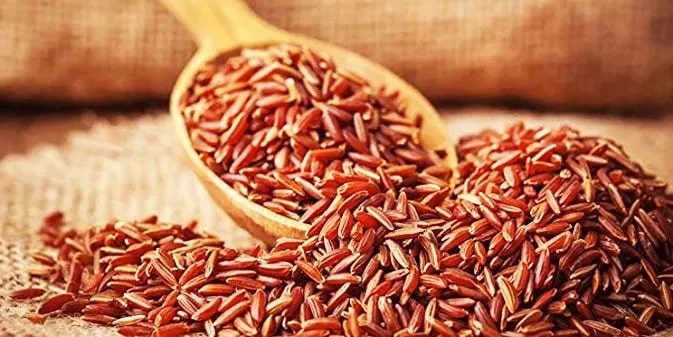
Red Rice is an excellent source of non-heme iron-rich food for infants as compared to the other kinds of rice that might not be as appealing to your child if simply cooked.
You might want to try and add flavor to the rice by adding vegetables, meat, or eggs depending on the little one’s food preferences.
4) Beans

Not limited to one, but almost all varieties of beans are rich in iron, such as lentils, chickpeas, kidney beans, and soybeans.
You can simply steam some beans and add flavor to them with salt and mild spices before putting them on the baby’s plate to eat. Or, as an alternative, you could also mix it with meat or rice too, to help add some flavor.
5) Potatoes, Sweet & Otherwise
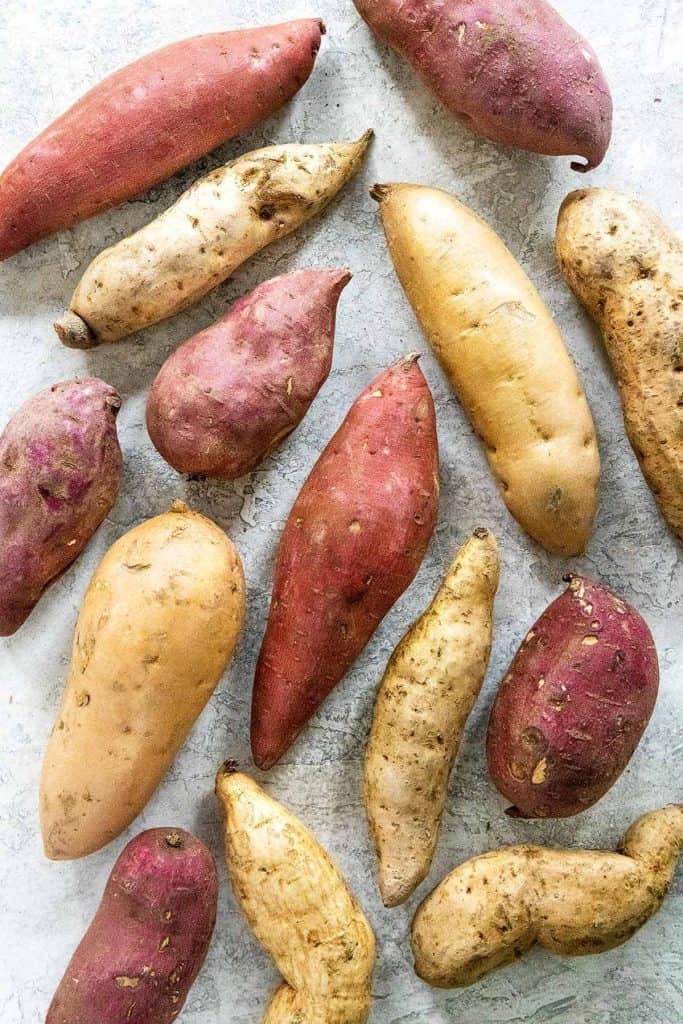
Potatoes are the next iron-rich food on the list and in order to retain most of the iron in them, be sure to cook them with the skin on.
As an alternative and to add some flavor, try to bake or steam these or slice them like french fries to help the little munchkin get a grip off and initiate self-feeding. A tip here, most babies are simply in love with mashed potatoes, so you might want to try that too.
6) Seafood
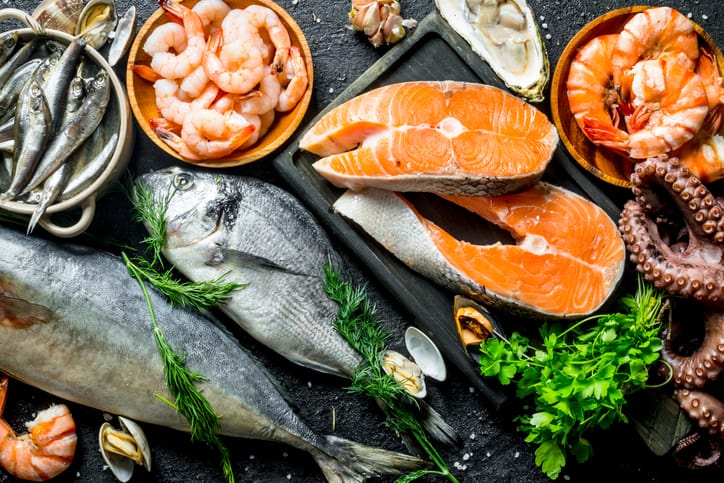
Seafood is rich and a good source of nutrients that are essential to the baby’s diet. Some examples of these include tuna, shrimp, and clams with numerous ways to feed the little ones regularly.
Nevertheless, one must be aware to check if the baby is allergic to specific seafood, therefore, make sure to introduce seafood to your child with care.
7) Peanut Butter
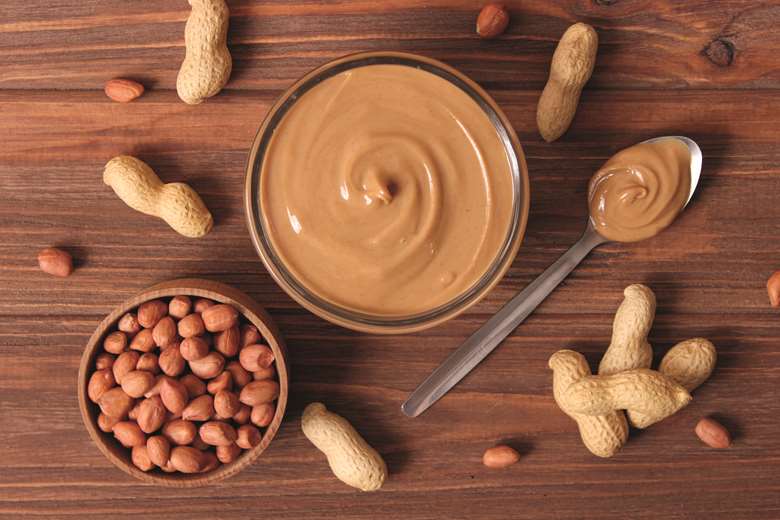
A most loved iron-rich food amongst most kids, peanut butter is an ingredient that can help parents make a quick, easy, and healthy snack.
You could also try some peanut butter cookies as a special treat by adding some enriched flour or oatmeal.
8) Tofu
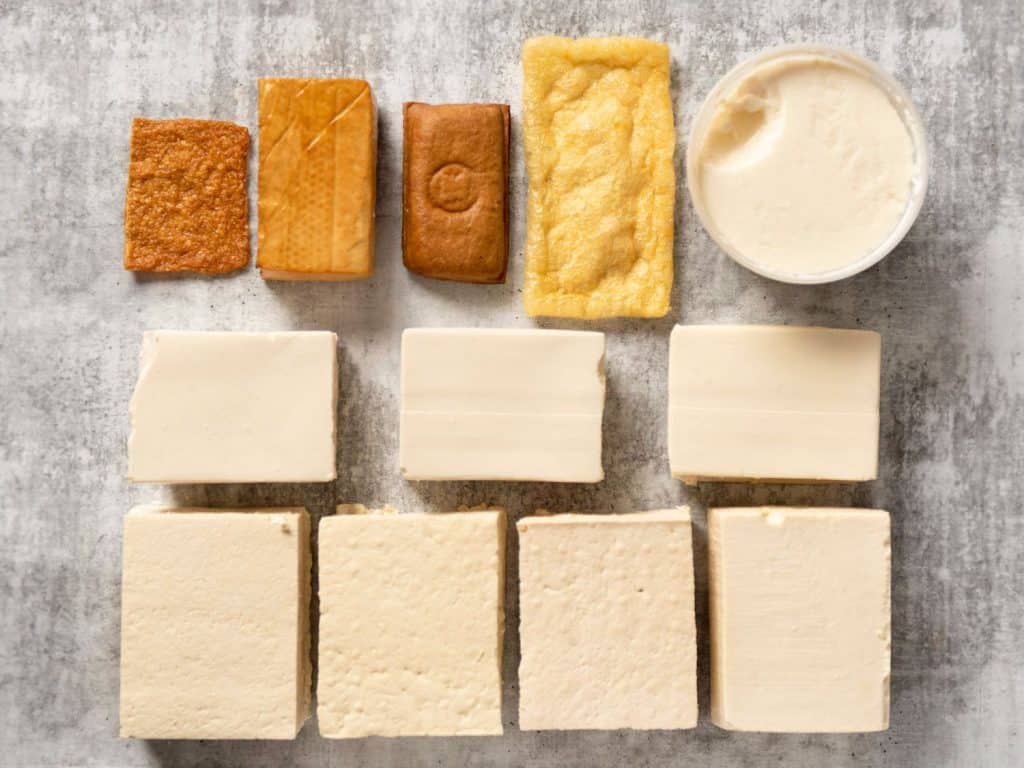
This is the best substitute for meat, especially for vegetarians. It contains a significant amount of iron and provides similar nutrients as meat.
Feel free to cut them into strips and sauté just before offering them to the little munchkin alongside a dip. Also, it is a safe iron-rich food for lactose-intolerant children.
9) Cranberry and Prune Juice
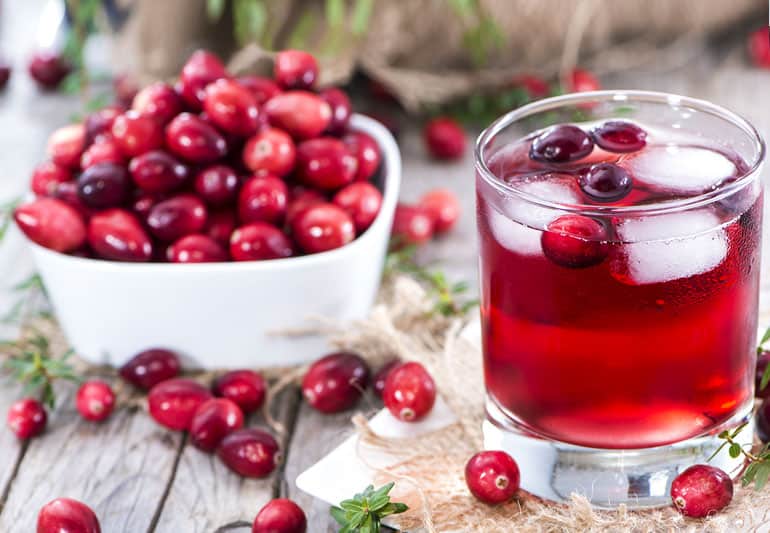
These make the few juices that contain rich iron components and have a sweet taste that can easily appeal to children. However, make sure to not consume any more than a glass per day.
Adding to its iron supplements, these are also great for the health of the urinary tract and prevent the little ones from constipation, have no fat or cholesterol.
10) Dried Seeds
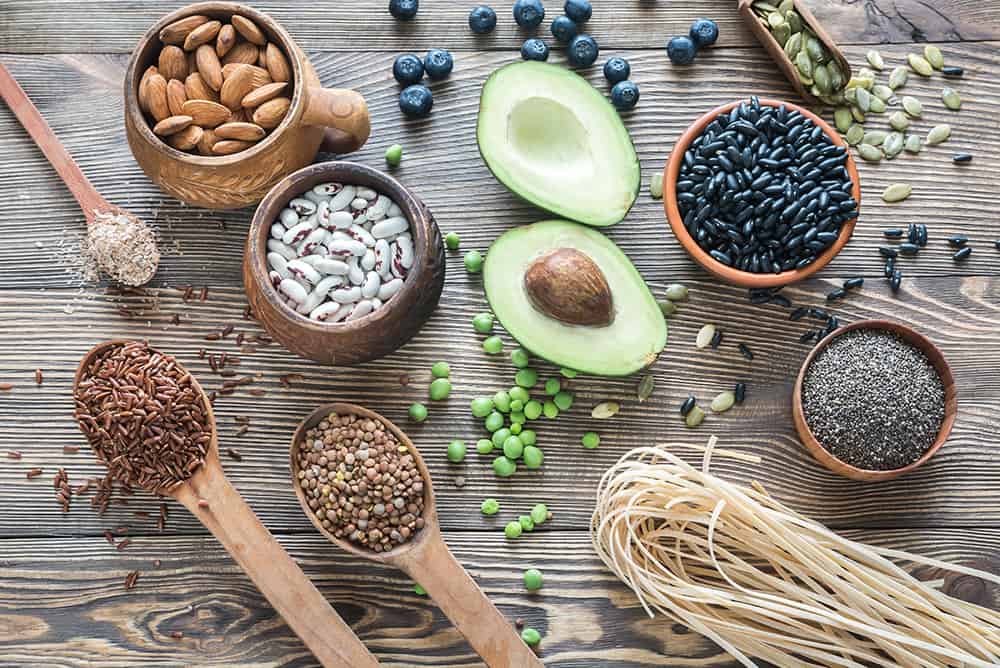
These make a great snack when traveling or during playtime – all thanks to their unique and crunchy texture. Examples of these include pumpkin, sunflower, and sesame, all containing a good amount of iron in them.
You could also try making granola bars using these or garnishing them in puddings and other kinds of sweet treats to make the dishes more interesting.
11) Dried Fruits

Dried dates, prunes, apricots, and raisins, are dried fruits containing the most amount of iron and are extremely safe and healthy to chew on. As and when your baby is hungry, simply offer them these to munch on.
12) Green Leafy Veggies
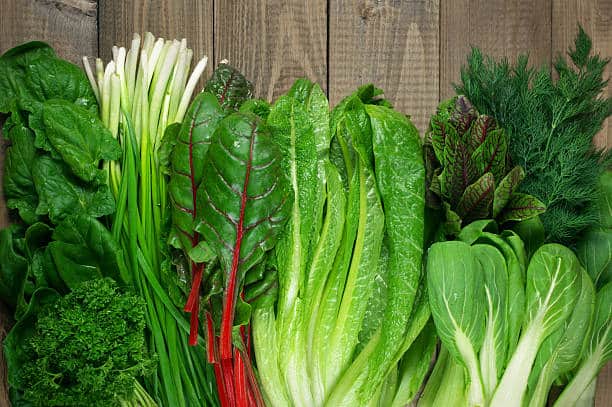
Not a surprise here, green leafy vegetables are a good source of iron, however, the hardest food item to feed little ones – be it steamed or raw. Some examples of these include spinach, collards, broccoli, and kale which are rich in iron and also in other essential nutrients.
The easiest way to feed this to your little one is by blending these into a paste and using it as gravy, soups, or dips – don’t forget to add spices for flavor, if able.
13) Tomatoes
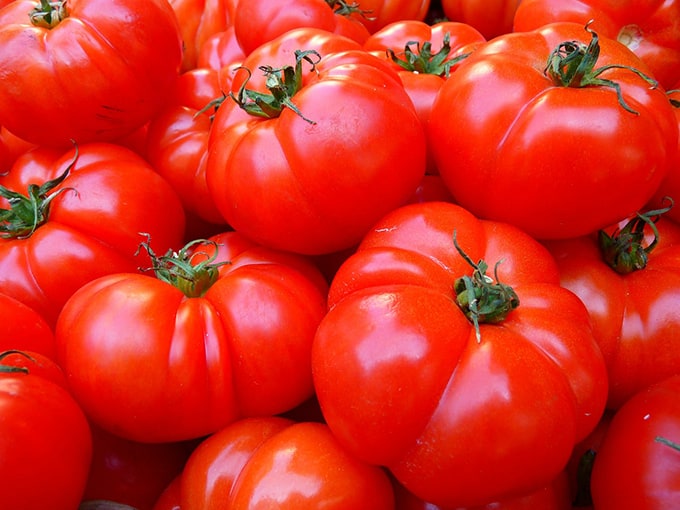
If your baby refuses to eat fresh tomatoes, you might want to cut them into little cubes and dry them inside the oven.
When done, transform them into sauces or soups and serve them with spaghetti or some nice flavored bread of their choice.
To Conclude:
Babies who are breastfed or given infant milk formula are naturally fortified with enough iron and might not need any iron supplements as an addition to their diet. Adding to this, the toddlers who consume a well-balanced diet including enough iron sources can also exclude these additional supplements of iron too.
Make sure to keep a close eye on your baby’s iron intake and include the ingredients if need be for better and healthier growth.
FAQs: Iron-Rich Foods For Babies
1) How can poor iron content affect little children?
2) Is poultry a good source of iron?
3) What can I feed my baby if they do not like meat or poultry?
4) What seafood options are nice to feed a baby for a good intake of iron?
5) Are all juices rich in iron?
6) What is the difference between a hem and a non-heme iron?
7) Why are iron-rich foods important for babies?
8) What is the most loved and easiest iron-rich food to feed my baby?
Reviewed By

Jessica - Nutritionist Dietician
Jessica is the owner and registered dietitian nutritionist at Nutrition That Heals, LLC. She started her dietetics career working in acute care where she gained a great deal of invaluable experience, learning all about different disease states and their appropriate nutrition interventions. She then worked in long term care where she was able to develop her skills and knowledge base dealing with the elderly population. Following long term care, she worked as an outpatient dialysis dietitian, working with patients to help them eat their best for their kidney failure and often other health conditions (diabetes, heart disease, etc.). She then made the jump back to be an inpatient clinical dietitian. There, she was able to work with patients with strokes, cancer, orthopedic issues, as well as the pediatric population. During her most recent time working as an inpatient clinical dietitian, a great opportunity presented itself and it was a great way to move into focusing more on her dream of opening a private practice. She currently works full time as a contract dietitian with Dietitians on Demand conducting 1:1 nutrition counseling sessions while also working with patients here at Nutrition That Heals, LLC. She has been grateful enough to know how powerful good nutrition can be, but after being diagnosed with endometriosis in March 2022, she had to fully focus on the importance of anti-inflammatory foods, proper hydration, and self-care. This diagnosis motivated her to put pen to paper and get her business started - she wanted to teach what she had learned to others - food should be nourishing. Jessica wants to show you how you can heal with good nutrition, and feel your absolute best!





